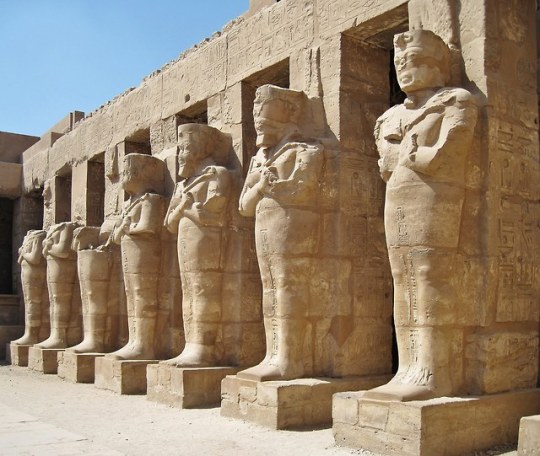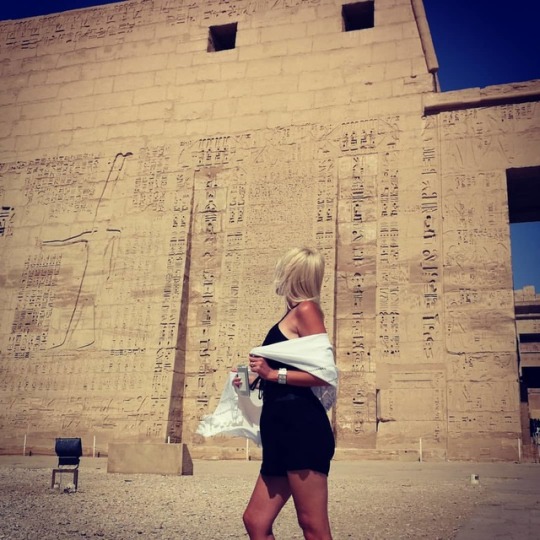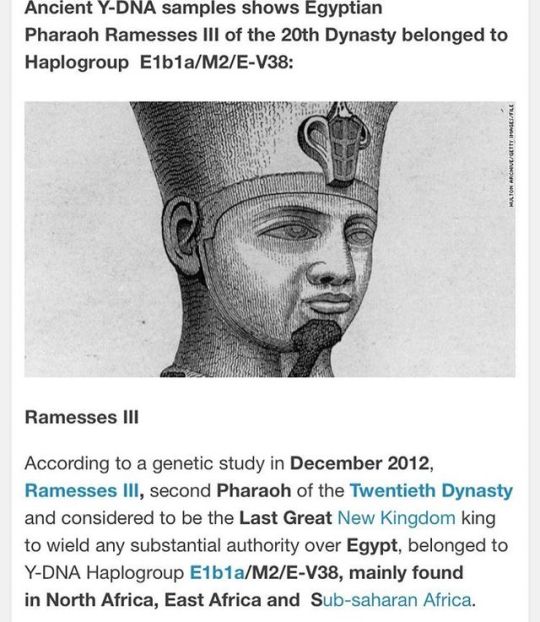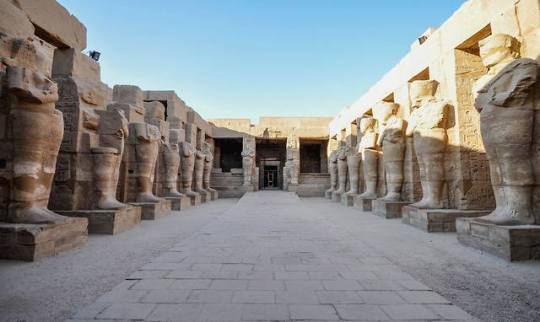#RamessesIII
Text
Prince Pentawere: The Screaming Mummy
Emerging from the depths of ancient Egyptian history, Prince Pentawere, better known as the "Screaming Mummy," remains an enigmatic figure shrouded in intrigue and controversy. His life, marked by ambition, betrayal, and a gruesome demise, has captured the imagination of historians and Egyptologists for centuries.
A Life of Privilege and Ambition
Born into the illustrious 20th Dynasty, Prince Pentawere was the son of Pharaoh Ramesses III, a powerful and influential ruler who reigned over Egypt for over three decades. As a prince, Pentawere enjoyed a life of privilege and luxury, growing up in the opulent palaces of the New Kingdom.
However, beneath the veneer of wealth and status, Pentawere harbored a deep-seated ambition to ascend to the throne. His mother, Tiye, a secondary wife of Ramesses III, is believed to have played a significant role in fueling Pentawere's aspirations for power.
The Harem Conspiracy: A Plot to Seize the Throne
As Ramesses III's reign progressed, tensions within the royal household grew. Pentawere, increasingly impatient to assume his father's mantle, embarked on a treacherous path to seize power. In 1155 BCE, he orchestrated a plot known as the "Harem Conspiracy," a complex scheme involving multiple co-conspirators, including his mother, Tiye.
The plot aimed to overthrow Ramesses III and place Pentawere on the throne. The conspirators planned to use magic and violence to eliminate the pharaoh and his supporters, paving the way for Pentawere's ascension.
A Betrayal and a Tragic Demise
Despite its meticulous planning, the Harem Conspiracy was ultimately foiled. The pharaoh's loyalists discovered the plot and swiftly apprehended the conspirators. Pentawere, along with his mother and other accomplices, was brought to justice.
The Judicial Papyrus of Turin, an ancient Egyptian legal document, details the proceedings against Pentawere and his co-conspirators. The document describes how Pentawere was offered the chance to commit suicide rather than face execution.
Faced with this ominous choice, Pentawere chose to take his own life. The manner of his suicide remains unclear, but some believe he may have ingested poison or hanged himself. Whatever the method, his death was likely swift and agonizing.
The Screaming Mummy: A Gruesome Discovery
In 1881, during the excavation of the Deir el-Bahari cache, archaeologists unearthed an unusual mummy. The body, wrapped in sheepskin and bearing a contorted expression, its mouth agape in an eternal scream, was later identified as Prince Pentawere.
The mummy's horrified expression sparked speculation about the cause of Pentawere's death. Some suggested that the muscles of his face were frozen in a scream due to the method of his suicide, while others believed it was a deliberate act, intended to convey his anguish and despair.
A Legacy of Intrigue and Mystery
The story of Prince Pentawere serves as a reminder of the complexities and dark undercurrents that often pervade the corridors of power. His tale of ambition, betrayal, and a horrific death continues to fascinate and intrigue, adding another layer of mystery to the captivating narrative of ancient Egyptian history.
The "Screaming Mummy" remains a poignant symbol of Pentawere's tragic fate, a stark reminder of the consequences of ambition and the fragility of life in the ancient world.
#PrincePentawere#ScreamingMummy#AncientEgypt#MysteriousIndividual#Egyptologists#MummifiedRemains#Archaeologists#UntimelyDeath#ScientificMethods#Research#MummificationProcess#HorrifiedExpression#CruelFate#HaremConspiracy#RamessesIII#Tiye#JudicialPapyrusOfTurin#DeirElBahriCache#AncientEgyptianHistory#AmbitionBetrayalDeath#LegacyOfPentawere#HiddenStoriesOfAncientEgypt
0 notes
Photo

'Ipet-Sut' ("Karnak"), the highly sacred Precinct of the God Amon-Ra at 'Uaset'-Thebes:
Osirian Pillars of King Ramses III (each holding the Flail and the 'Heqa'-scepter) from the open court (west side) of the Temple of Ramses III for the sacred barques of Amon, Mut, and Khonsu, located in "the Court of King Sheshonq I" (the Forecourt)
130 notes
·
View notes
Photo

Medinet Habu is the second largest ancient temple ever discovered in Egypt, covering a total area of more than 66,000 square meters. The temple was built specifically as a mortuary temple by Ramesses III who was the second pharaoh of the 20th dynasty, and also the last great pharaoh of the New Kingdom. . . #medinet #medinethabu #largestancienttemple #ancientluxor #ancientegypt #ancient #temple #ancienttemple #egypt #mortuarytemple #ramessesiii #pharoah #20thdynasty #newkingdom #luxor_temple #luxoregypt #traveltheworld #travelphotography #travelphotography #travelpic #travelholic #travelvlog (at Medinet Habu) https://www.instagram.com/p/ByiQWB8hHh8/?igshid=webcn7pgwd0a
#medinet#medinethabu#largestancienttemple#ancientluxor#ancientegypt#ancient#temple#ancienttemple#egypt#mortuarytemple#ramessesiii#pharoah#20thdynasty#newkingdom#luxor_temple#luxoregypt#traveltheworld#travelphotography#travelpic#travelholic#travelvlog
0 notes
Photo

A genetic kinship analysis was done to investigate a possible family relationship between Ramesses III and Unknown man E, Who may actually be his son Pentawer. An ancient Egyptian Prince of the 20th dynasty, and son of Pharaoh Ramesses III and a secondary wife, Tiye. They amplified 16 Y-chromosomal, short tandem repeats (AmpF\STR yfiler PCR amplification kit; Applied Biosystems). Eight polymorphic microsatellites of the nuclear genome were also amplified (Identifiler and AmpF\STR Minifiler kits; Applied Biosystems). The Y-chromosomal Haplogroups of Ramesses III and unknown man E was screened using the Whit Athey’s Haplogroup Predictor we determined the Y-chromosomal Haplogroup E1b1a. The testing of polymorphic autosomal micro satellite loci provided similar results in at least one allele of each marker (table 2⇓). Although the mummy of Ramesses III’s wife Tiy was not available for testing, the identical Ychromosomal DNA and Autosomal half allele sharing of the two male mummies strongly suggest a Father-Son relationship. #ramessesiii #egyptian #kemetic #nubian #eastafrican #pharaoh #blackmanofthenile #e1b1a
0 notes
Text
Ltest #AI #Robotics #Humanity! https://t.co/kWpuIZDs97 Thanks to @RamessesIII @_backtoearth @CruxServices #ai #artificialintelligence
Ltest #AI #Robotics #Humanity! https://t.co/kWpuIZDs97 Thanks to @RamessesIII @_backtoearth @CruxServices #ai #artificialintelligence
— AI Of The Day (@AIofTheDay) August 24, 2017
from Twitter https://twitter.com/AIofTheDay
August 24, 2017 at 11:38PM
via IFTTT
0 notes
Photo

'Ipet-Sut' ("Karnak"), the highly sacred Precinct of the God Amon-Ra at 'Uaset'-Thebes:
the Temple of King Ramses III for the sacred barques of Amon, Mut, and Khonsu, located in the Forecourt ("the Court of King Sheshonq I").
View of the open court of the Temple of Ramses III, with the Osirian pillars of King Ramses III; in the background, the entrance-gate leading to the vestibule
154 notes
·
View notes